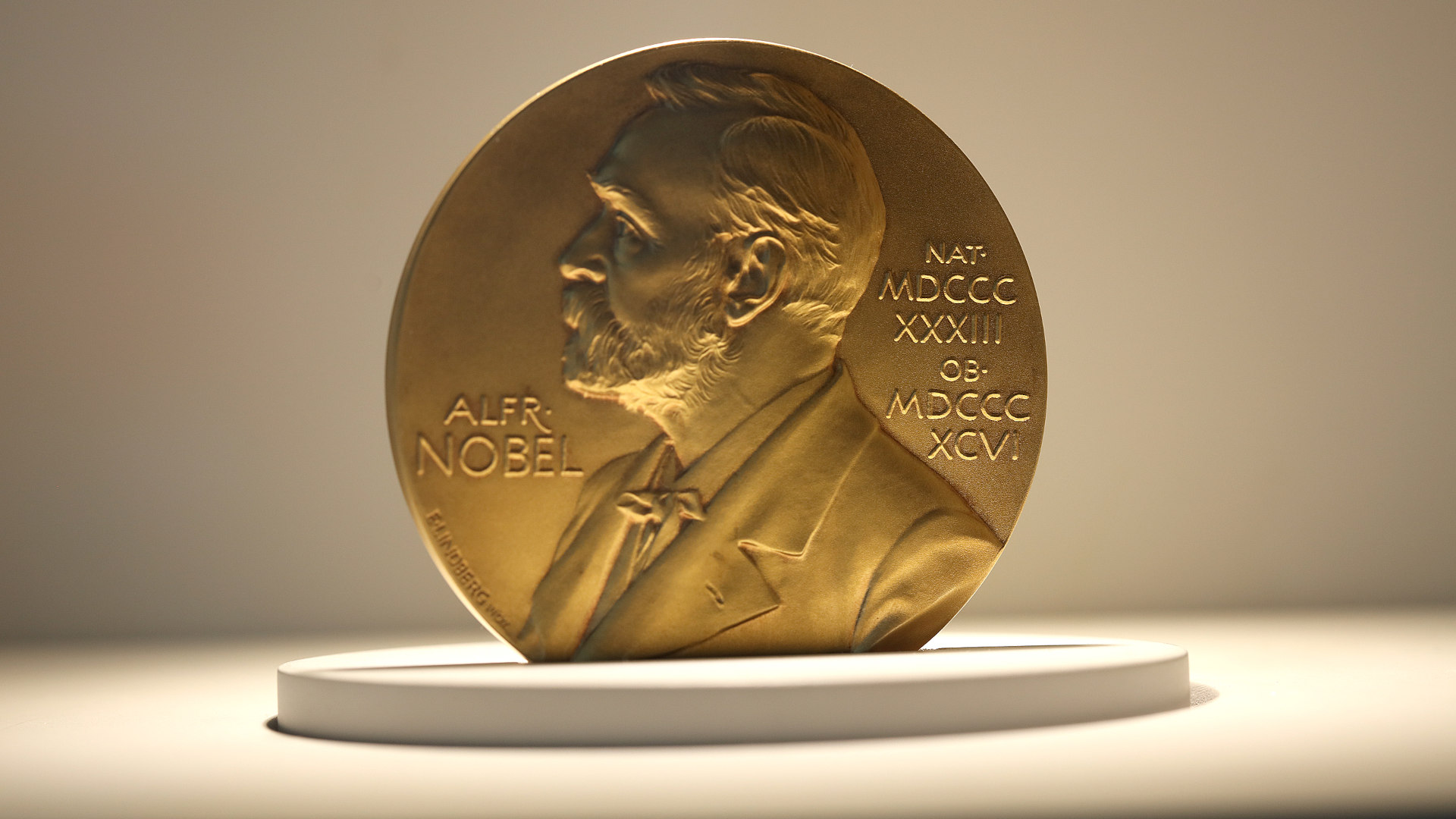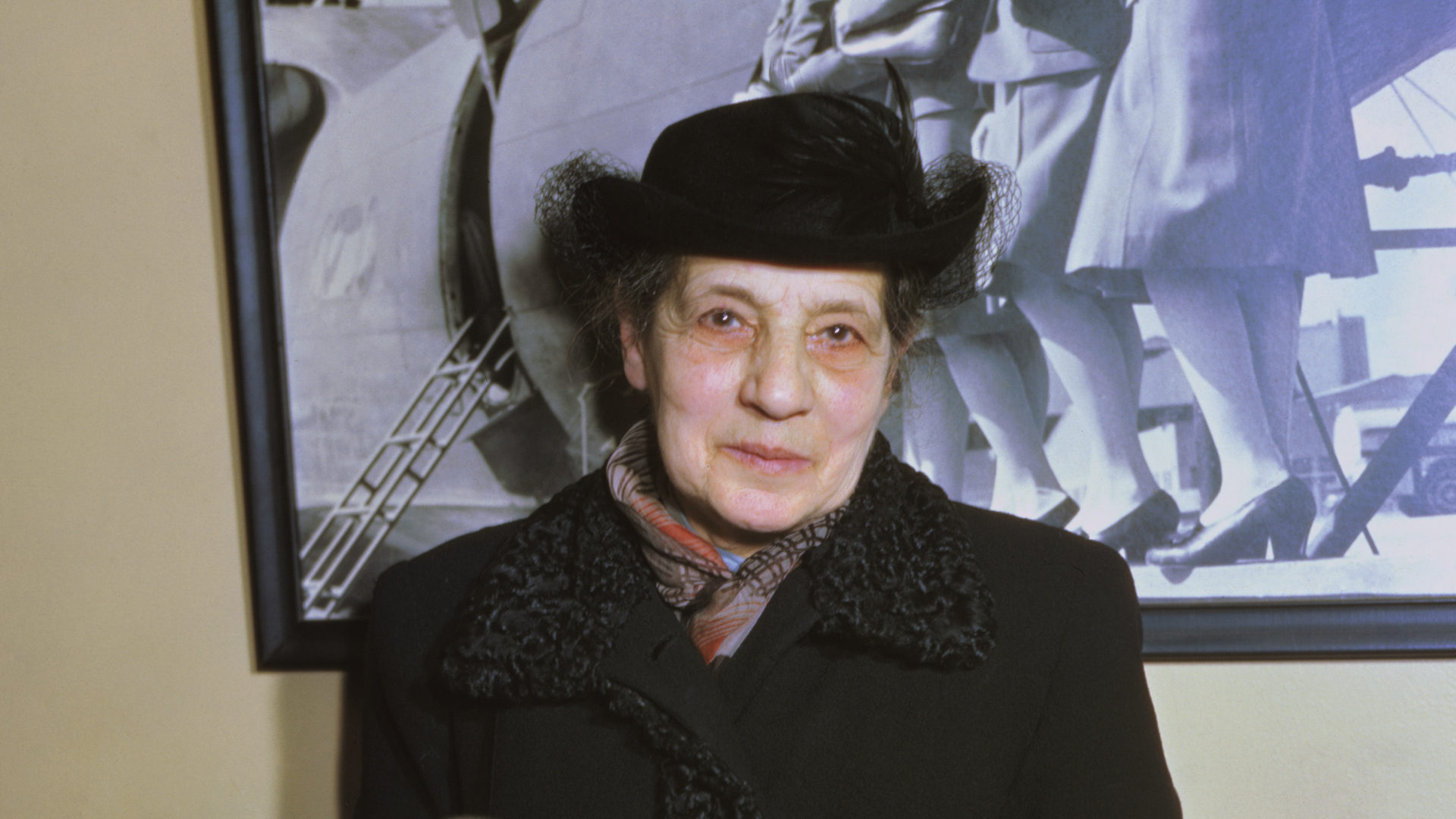In 1963, the number of women Nobel laureates in physics doubled. Sixty years after Marie Curie won the Nobel Prize in Physics in 1903, Maria Goeppert-Mayer’s award took the women’s tally from one to two. It took another 57 years for the number to double again to four: Donna Strickland won the physics Nobel in 2018, and Andrea Ghez won in 2020. This year, Anne L’Huillier became the latest member of this august group. In comparison, the men’s tally of Nobel winners in physics is 219.
Going forward, if all three physics Nobel Prizes each year were given only to women or gender minorities, it would take 72 years to reach parity with men. The disparities for the chemistry and physiology or medicine prizes are similar, taking 59 years and 68 years to reach parity, respectively. If the Nobels were a sport, such blatant disparity would raise questions of fair play, triggering investigations and new regulations. The Nobel Prizes should be no different.
In sports, no honest players want to win because of an unfair advantage. That’s why, for example, we see staggered starts in races to ensure all athletes cover equal distances. Conversely, if a deserving player loses unfairly, it’s common to rectify the mistake. As a physicist, I believe that the same argument can be made for my field and the other sciences — no one would want to win a Nobel because of unfair gender bias. Those doubts could be put to rest by ensuring the Nobel nominations and selections process gives everyone a fair chance in the race. And if deserving scientists were unfairly ignored in the past, those mistakes should be rectified.
A major impediment to correcting prior omissions is the rule that Nobel Prizes cannot be awarded posthumously. In fact, Alfred Nobel made no explicit mention of this requirement when he outlined his plan for the prizes in his will. The Nobel Foundation officially included this regulation in its statutes in 1974, although no posthumous prize in physics had ever been awarded.
Removing the 1974 rule or creating special posthumous prizes would allow the gender imbalance in physics to be addressed, at least partially. The committee could recognize trailblazing women like Lise Meitner, who formulated the theory of nuclear fission and was unsuccessfully nominated for the prize 49 times; or Chien-Shiung Wu, who experimentally demonstrated the violation of parity conservation; or Marietta Blau, whose development of the photographic emulsion method kickstarted the field of experimental particle physics. Celebrating these women’s contributions is not just a matter of correcting past injustices. It would write the women into the highest echelons of the scientific record and have a lasting impact by inspiring the next generation of scientists of all genders and backgrounds.
If deserving scientists were unfairly ignored in the past, those mistakes should be rectified.
The rule stipulating a maximum of three individual winners has also long been debated. Initially, the wording of the Nobel statutes allowed for the possibility of multiple winners, but it was changed in 1968 to establish a limit of three winners. In the age of big science, it’s an outdated rule that ignores the value of teamwork and diverse perspectives and limits the possibility of appropriately rewarding all contributors to a discovery. It also perpetuates the stereotype of the lone genius — always a man — that does not accurately reflect the real, collaborative process of scientific discovery. The Nobel Peace Prize does allow associations comprising more than three individuals to win. It’s time for the science prizes to embrace a similar approach to inclusively celebrate big international projects such as LIGO, which includes more than a thousand scientists of all genders, rather than awarding just three scientists, as it did in 2017. Imagine what an impact that could have on millions of young people of all backgrounds around the world.
The rule of three cannot, however, explain the historical omission of many deserving women. For example, the 1944 chemistry prize for nuclear fission went to a single winner, Otto Hahn, while Meitner was ignored. Similarly, the 1957 physics Nobel for investigation of parity laws went to two men, Chen Ning Yang and Tsung-Dao Lee, leaving the third slot empty rather than including Wu. And Cecil Powell was the sole physicist rewarded in 1950 for the development of the photographic method of particle detection, while Blau and her colleague Hertha Wambacher were left out.
Reforming the selection process to be fair and equitable must therefore go beyond lifting the rule of three and address biases in the nomination and evaluation process itself. That will require taking concrete actions such as including experts on equity, diversity, and inclusion as members of the Nobel committee; diversifying and educating the pool of nominators; reviewing the criteria for selection; and removing the secrecy in the selection process. In recent years, the Nobel committee has made efforts to address historical biases and make the competition fair, but much work remains to be done. For example, the fabulous five women winners in physics so far were all from Western countries. Brilliant minds from the Global South remain overlooked. As a woman of color, I hope one day I will see a Nobel winner in physics who looks like me.
Celebrating the achievements of individuals provides inspiration and role models for the future, but it will always fall short of acknowledging all of the people and the many small steps that lead to big breakthroughs. So, in addition to the individual awards, the Nobel Foundation could honor the winning idea itself, allowing all who are connected to celebrate it all year.
Alfred Nobel intended the prizes to recognize major discoveries that “conferred the greatest benefit to humankind.” In physics, as well as in other fields of science, those big discoveries happen when we recognize the limitations of existing theories and look for ways to improve them. It’s only fitting that the Nobel Prizes themselves evolve and improve in the same way.
Shohini Ghose is a quantum physicist and professor at Wilfrid Laurier University and CTO of the Quantum Algorithms Institute. She is the author of “Her Space, Her Time: How Trailblazing Women Scientists Decoded the Hidden Universe.”











